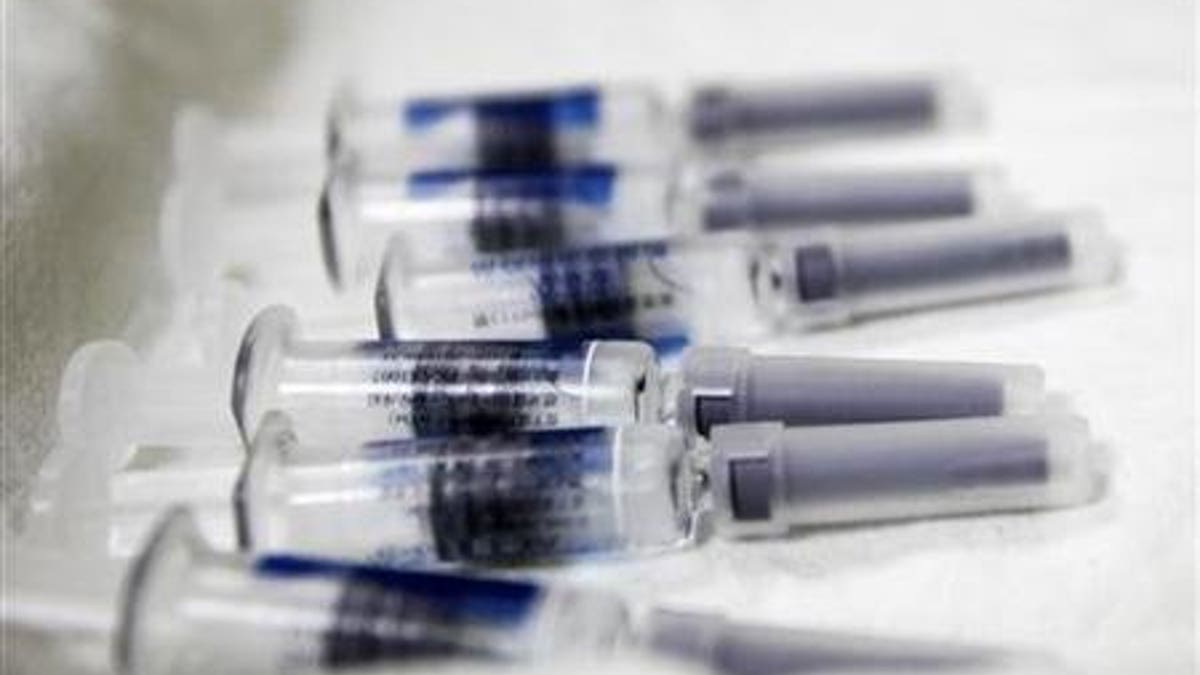
(Reuters)
An older version of the whooping cough vaccine offered better protection against the disease than the current version does, a new study from Australia suggests.
Children who received the older version of the vaccine were less likely to catch the disease before age 12, compared with those who received the newer version of the vaccine, or a combination of the two vaccines, the study found.
The study followed the children during a three-year whooping cough epidemic, which is still taking place in Australia, and nine years before the epidemic.
The work agrees with previous studies showing the protection offered by the newer whooping cough vaccine, called the acellular pertussis vaccine, wanes after a few years. (Whooping cough is also known as pertussis.)
The acellular pertussis vaccine was introduced in the United States in 1997, and Australia in 1999, after concerns that the previous vaccine, called the whole cell pertussis vaccine, caused unwanted side effects in some. These side effects included fever and swelling at the injection site. The older version was less purified, but its protection was thought to last for most of a person's life.
The challenge will be to develop a whooping cough vaccine that offers long-lasting protection from the very first dose, without adverse effects, the researchers of the new study said.
In the study, Sarah Sheridan, of the University of Queensland in Brisbane, and colleagues analyzed information from about 40,500 children born in Queensland in 1998 who had received the required three doses of the whooping cough vaccine during infancy.
Because the new vaccine was introduced in 1999, children born in 1998 may have been vaccinated with the old version only, the new version only, or a combination of the two, throughout their three-shot series.
About 270 whooping cough cases were reported during the 12-year study period.
Between 1999 and 2008, the yearly rate of whooping cough infection was 5.2 cases per 100,000 kids who received only the old version of the vaccine, and 13.2 cases per 100,000 people among kids who received only the new version.
During the current whooping cough epidemic — which began in 2009 and peaked in 2011 — the yearly rate of whooping cough infection was 113 cases per 100,000 people among kids who received the old version of the vaccine, and 373 cases per 100,000 people among kids who received the new version.
Those who received mixed doses were better protected against whooping cough during the outbreak if their first vaccination dose was with the old vaccine as opposed to the new vaccine.
The study will be published tomorrow (Aug. 1) in the Journal of the American Medical Association.
Pass it on: The old version of the whooping cough vaccine may have been better at disease protection than the current version.
Follow Rachael Rettner on Twitter @RachaelRettner,or MyHealthNewsDaily @MyHealth_MHND. We're also on Facebook & Google+.
